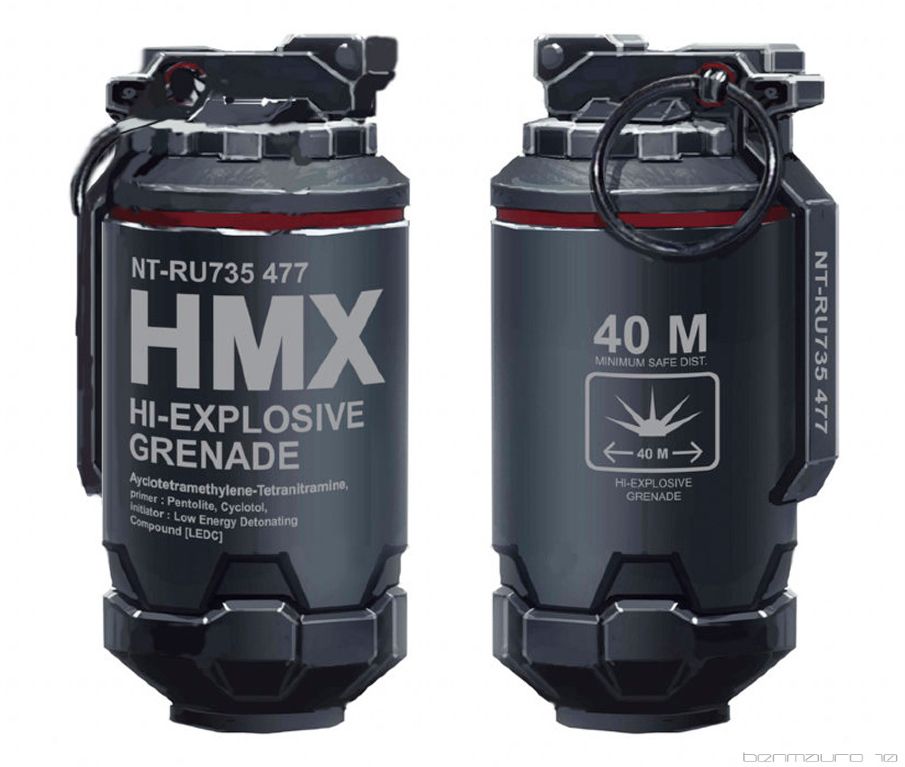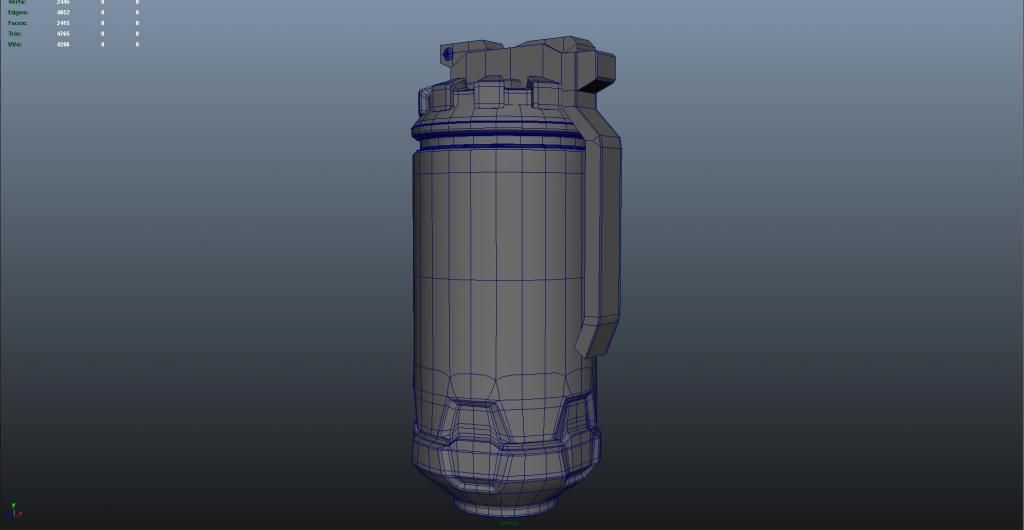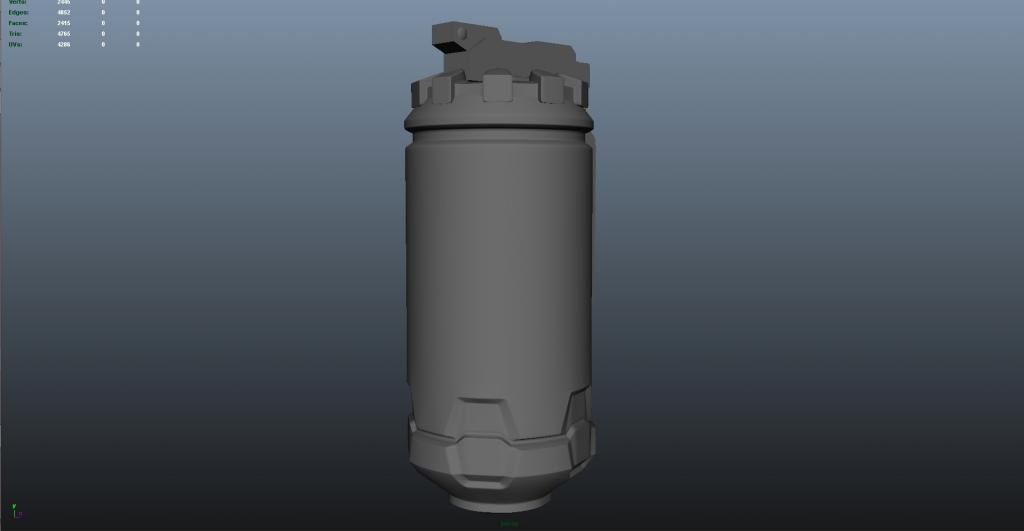The BRAWL² Tournament Challenge has been announced!
It starts May 12, and ends Oct 17. Let's see what you got!
https://polycount.com/discussion/237047/the-brawl²-tournament
It starts May 12, and ends Oct 17. Let's see what you got!
https://polycount.com/discussion/237047/the-brawl²-tournament


 [/URL
[/URL
Replies
The very bottom your humps are going inward when they should be going outwards, the top most one ones are going inwards yes but not the bottom. Then lastly the red area where it indented in is to harsh it a little less and subtle
Anyways great thing to practice feel free to post this in the weekly for more feedback.
Here my model I did very long ago
and for the bottom part couldn't tell if the bumps on the bottom were going slightly less inward than the top ones.
thanks for the C&C
http://imgur.com/a/dEWXP
Either way what you need is to give the geometry some room to breathe. If you have the edge loop behavior make an abrupt shift like that, you will get those pinches. This example especially shows what I mean:
http://i.imgur.com/J36Rs.png
The change in direction needs some space or protection so to speak. We can't really see the issue from this far away angle btw.
@spectre1130 - that been my biggest and interesting challenge with this project trying to keep it smooth but have the detail that at the bottom grenade.
@Pookhan - I was going basely off the concept art tying to line it up but I can def see it now that it looks taller than what it should.
Orange- probably a must to run a support edge here as when you subD, the top edge that starts that inner bevel is pulling with nothing to protect it.
Blue-Might need a edge here like this to lock down the corner in conjunction with orange. This a tough one on a cylinder like this.
Red-remove this edge if you do run that blue support.
You might need to remodel that if the pinch still is kicking your butt. Maybe starting with an inset first might have made it easier to support those corners and terminate the edges in an easier fashion.
Give it a shot.
Damian
So after adding the edges, it def help remove most of the pinching. Now I think I am almost done with this model. Prob next thing for me to work on this UV the make a low poly to bake this down to. C&C as always, thanks
Here's an old picture of mine to illustrate a basic example:
On the left, I extruded a square inward and added support loops to keep it a square shape. In Smooth Preview, you can clearly see pinching due to the extra support loops added which interfere with the cylinder's otherwise perfectly distanced edges.
On the right, I first subdivided the cylinder twice (in your case you don't necessarily have to subdivide, you could start with a cylinder with double the edge count) THEN I extruded the square inward. Even with Smooth Preview, the pinching is barely visible if not at all.
It might seem like a pain in the ass to have a dense mesh, but if you approach your model intelligently it shouldn't be a big deal. Try to split your object into pieces the same way it would be if it were manufactured in the real world.
Then I gotta question is the bottom groove piece and the upper groove two separate objects then? Its really hard to tell from the concept
The concept is a bit muddy but when I modeled that particular piece I did treat it as two separate pieces.